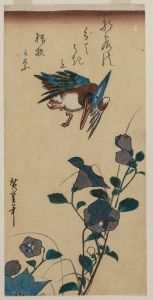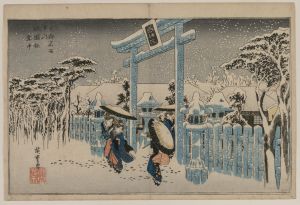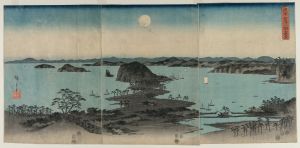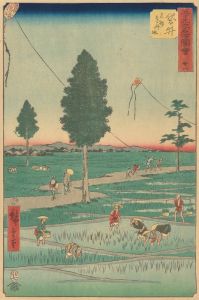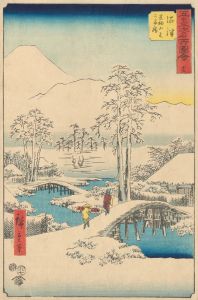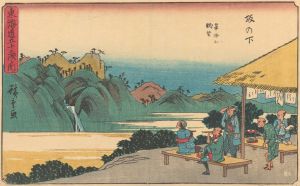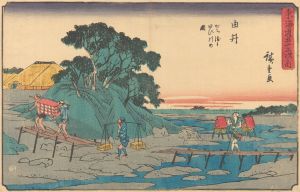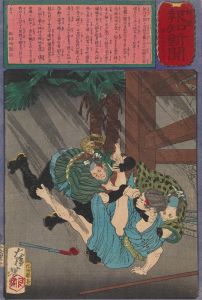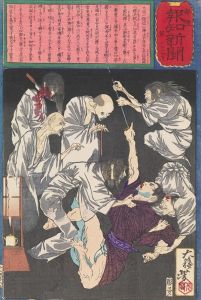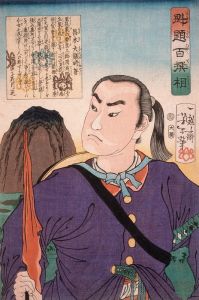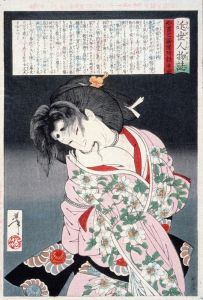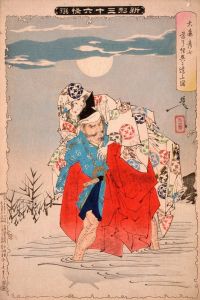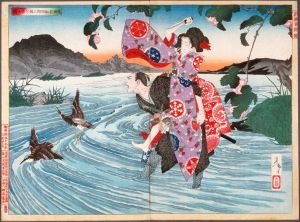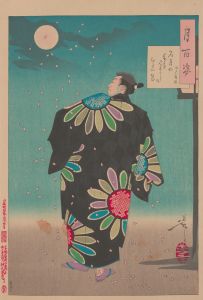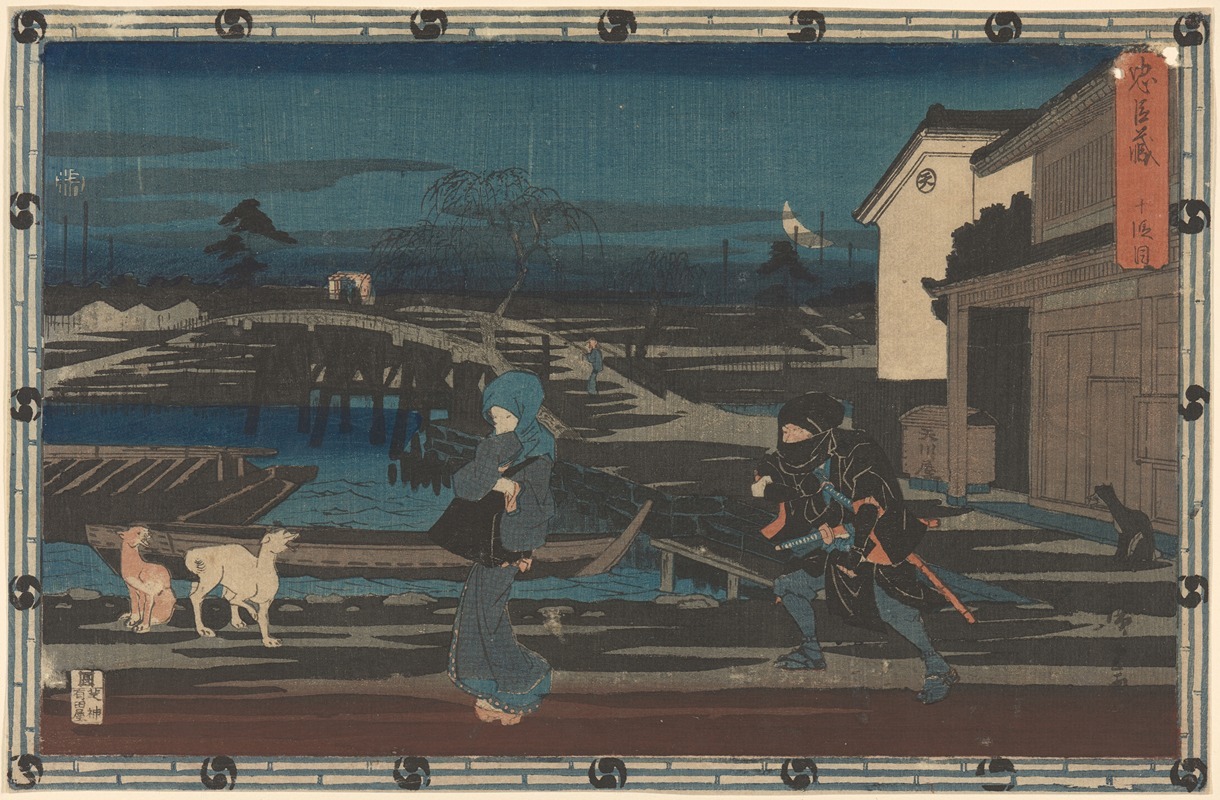
Night Attack from the Chushingura
A hand-painted replica of Andō Hiroshige’s masterpiece Night Attack from the Chushingura, meticulously crafted by professional artists to capture the true essence of the original. Each piece is created with museum-quality canvas and rare mineral pigments, carefully painted by experienced artists with delicate brushstrokes and rich, layered colors to perfectly recreate the texture of the original artwork. Unlike machine-printed reproductions, this hand-painted version brings the painting to life, infused with the artist’s emotions and skill in every stroke. Whether for personal collection or home decoration, it instantly elevates the artistic atmosphere of any space.
Andō Hiroshige, a prominent Japanese ukiyo-e artist of the Edo period, is renowned for his landscape prints and depictions of everyday life in Japan. One of his works, "Night Attack from the Chushingura," is part of a series that illustrates scenes from the famous Japanese tale of the Forty-seven Ronin, also known as the Akō incident. This historical event took place in the early 18th century and has since been romanticized in various forms of Japanese art and literature.
The Chushingura, or "The Treasury of Loyal Retainers," is a fictionalized account of the true story of the Forty-seven Ronin, samurai who avenged the death of their master, Asano Naganori. After Asano was compelled to commit seppuku (ritual suicide) for assaulting a court official named Kira Yoshinaka, his loyal retainers spent over a year planning their revenge. They eventually attacked Kira's mansion in Edo (modern-day Tokyo) on a snowy night, killed him, and then surrendered themselves to the authorities. This act of loyalty and vengeance has been celebrated in Japanese culture as a paragon of bushido, the samurai code of honor.
Hiroshige's depiction of the "Night Attack" captures the dramatic and intense moment of the ronin's assault on Kira's residence. Ukiyo-e, meaning "pictures of the floating world," is a genre that flourished from the 17th to the 19th century, characterized by its woodblock prints and paintings. Hiroshige's work in this genre is noted for its vibrant use of color, attention to detail, and ability to convey movement and emotion.
In "Night Attack from the Chushingura," Hiroshige employs these techniques to bring the scene to life. The composition likely features dynamic figures, possibly in mid-action, against a backdrop that suggests the time of night and the season, possibly through the depiction of snow or moonlight. The use of perspective and the arrangement of elements in the print would have been designed to draw the viewer into the scene, creating a sense of immediacy and involvement in the unfolding drama.
Hiroshige's work is part of a broader tradition of Chushingura-themed art, which includes kabuki plays, bunraku puppet theater, and other ukiyo-e prints by artists such as Katsushika Hokusai and Utagawa Kuniyoshi. These works collectively contribute to the enduring legacy of the Forty-seven Ronin story in Japanese culture.
While specific details about Hiroshige's "Night Attack from the Chushingura" may be limited, it is clear that the piece fits within his broader oeuvre of capturing historical and cultural narratives through the ukiyo-e medium. His ability to depict such scenes with clarity and emotion has cemented his reputation as one of Japan's most celebrated artists, whose works continue to be studied and admired for their artistic and historical significance.





